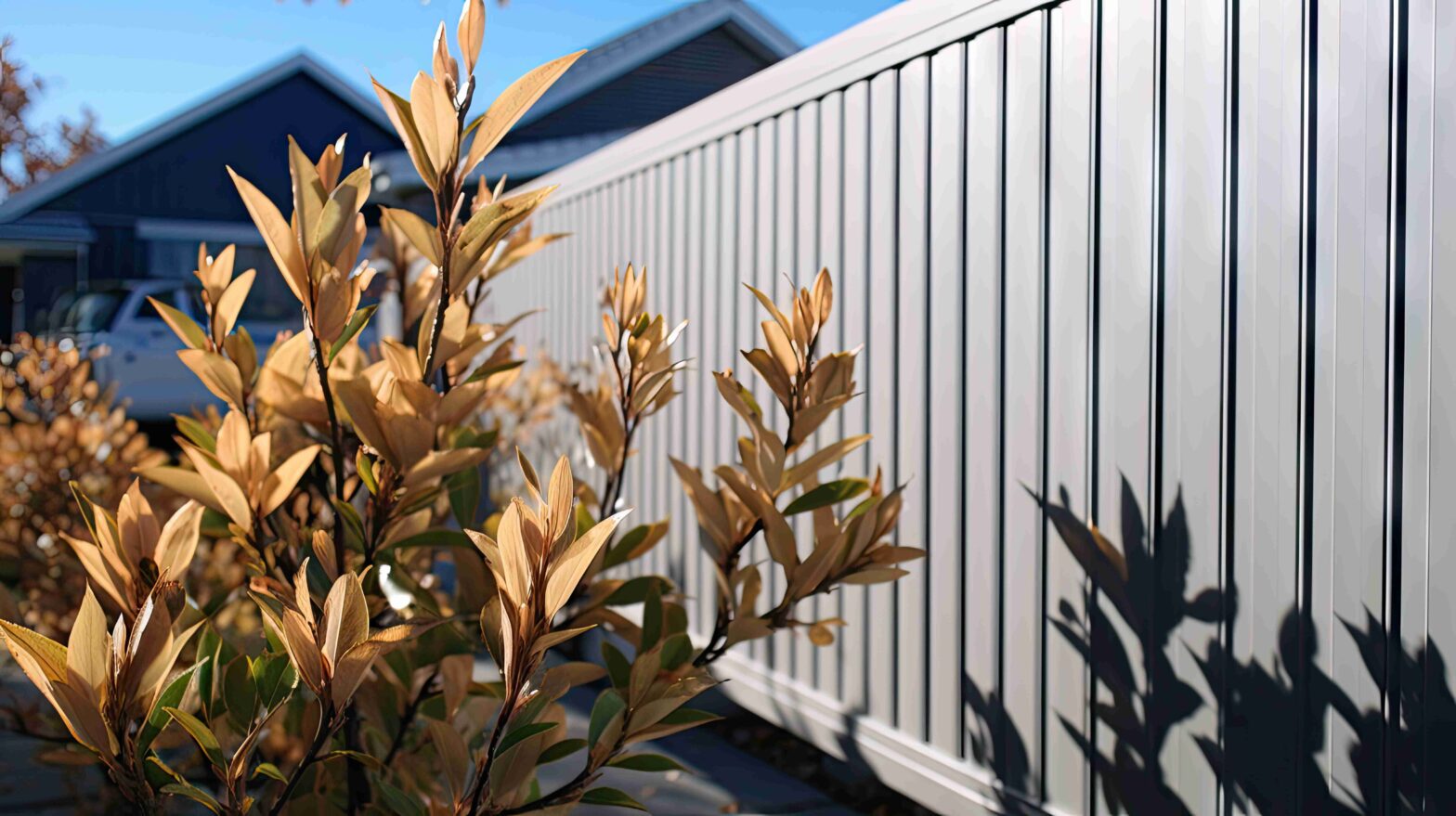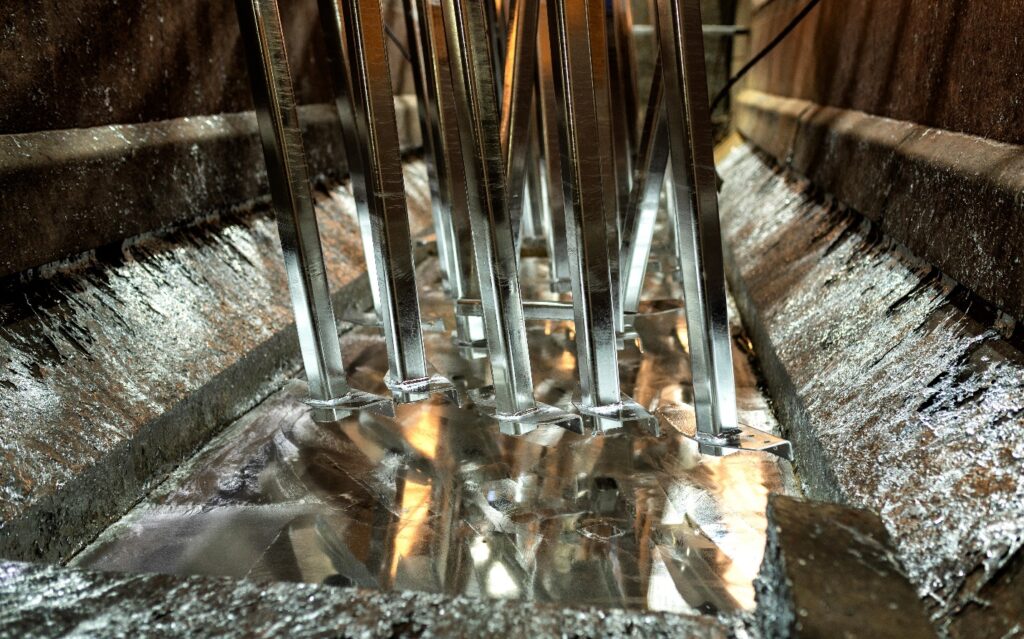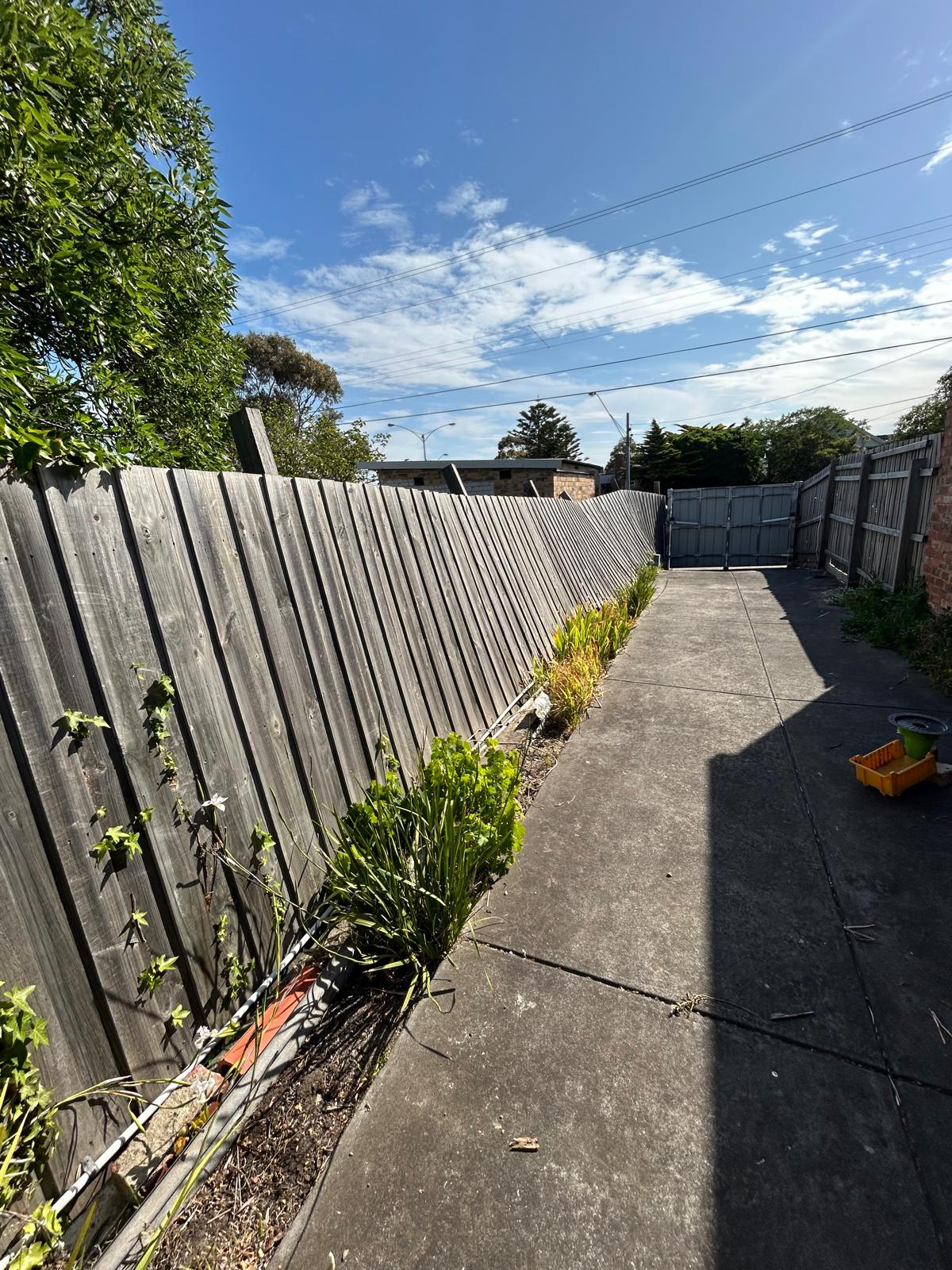Effects of Salt on Steel

Steel’s resilience and versatility are common knowledge, even to the average homeowner. While not the strongest building material in use today, it’s strong enough for most uses and at a low cost due to the plentiful iron and scrap metal available. We’re sure you’d love it if we started offering titanium fencing, but the metal’s rarity makes it impractical cost-wise.
As with any other material, steel has its share of downsides. One such downside is that it isn’t exactly ideal for construction near the coast, where high concentrations of salt and moisture can be found in the air and moisture, at least when it’s used bare. Here’s an in-depth (and somewhat scientific) look into salt’s adverse effects on steel – namely rusting.
How Steel Rusts
Whereas other metals like aluminium corrode when exposed to oxygen, steel reacts with oxygen to form iron oxide, better known as rust. Anything made from iron rusts, causing its surface to flake and be chipped away by the elements.
Unlike aluminium oxide, rust offers no passive protection from further oxidation. The steel will continue to rust until the process runs out of steel to oxidise, by which point structural failure may have already happened. Rust has been responsible for some of Earth’s worst engineering disasters, among them a bridge collapse in Italy in 2018.
Stainless steel, which is steel alloyed with other metals, slows the corrosion process by letting the alloying metal produce a protective layer. Chromium is most prevalent among the alloys, covering the steel in an oxidised layer in the same way as aluminium. Despite this, stainless steel will eventually rust from other corrosive elements in the environment.
One such element is salt, which is abundant in coastal areas. As corrosion is the loss of electrons from an element or metal, saltwater hastens the process by allowing electrons to move more freely. That said, salt itself doesn’t cause the actual corrosion.
The first appearance of rust doesn’t necessarily mean the entire steel material has been compromised. Most steel structures like fences can continue to do their job for decades after visible rusting, but the rust is irreversible. You can remove the rust, but it won’t stop further rust from developing.
How Steel is Protected
Given that rust is inevitable, steel foundries take steps to protect their products. The most popular is through cathodic protection, which includes galvanisation and powder coating.

If you’ve read our pages on steel fencing, you’re more or less aware of how galvanisation works. Long story short, the process involves submerging the steel in a hot bath of molten zinc or zinc-based alloy. There are other metals that react well to oxygen, but zinc is more reactive and cost-effective for the task.
Essentially, the zinc layer triggers oxidation before iron, forming a sacrificial anode layer similar to aluminium and chromium. While stainless steel is more durable and corrosion-resistant, galvanised steel is more affordable and easier to work with, all while providing relatively equal protection from salt-induced corrosion.
The steel also needs to be painted to the client’s specs, which is another opportunity to enhance its protection. The colour is applied through powder coating for it to last as long as the steel itself. This isn’t your ordinary spray painting, as it harnesses electrostatics to bond the pigment onto the steel more effectively.
Powder coating applies a far thicker layer than painting, which also serves as an extra layer of anti-corrosion protection. It keeps the steel away from contact with salt-laden moisture, thereby temporarily preventing further oxidation.
In the fencing market, some fences are either galvanised or powder-coated. Choosing both may be costlier, but it ensures the longest possible lifespan compared to either treatment or untreated steel fencing.
Reducing the Risk of Rusting
As a general rule, we don’t advise erecting steel fencing around houses within 10 km of the coastline due to the moderate to high corrosivity. You can get away with this if your house is located farther inland, but take note that prevailing winds can carry salt concentrations up to 50 km from the coast.
No matter how far from the sea you are, maintenance should be a priority when owning a steel fence. The first visible signs of corrosion, which is within several years of installation (depending on the conditions), should alert you about taking action soon.
Schedule routine cleaning at least twice a year to remove corrosive elements and other forms of filth on the fence. As your fence is most likely powder-coated, washing it with a mild soap solution is safe as long as you wipe it dry afterwards. Refrain from using alkaline cleaners as they can cause discolouration.
If rust is present, sand the rusted portion with sandpaper and prime it with a rust inhibitor. Applying a fresh coat of paint over the portion is okay, but know that it won’t have the same degree of protection as powder coating.
Keep up with the latest from Grays Fences & Gates
Subscribe to our blog and get latest news, inspiration, and resources delivered directly to your inbox.


